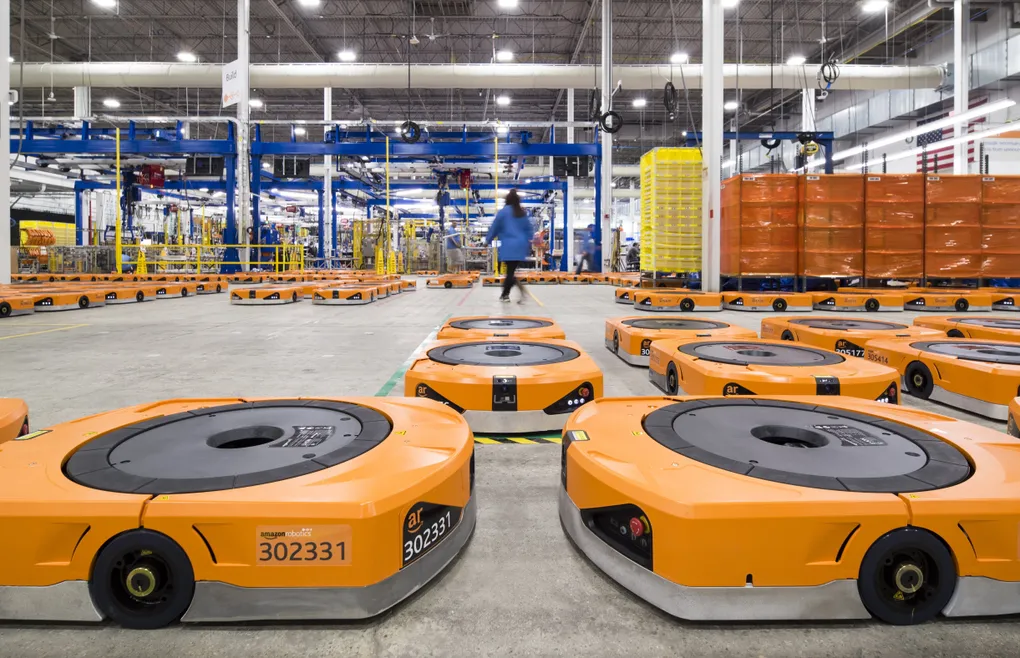
Darly K Manuel
This is the logic underpinning an Amazon Fulfilment Centre, the high-tech warehouses that are primed to ship parcels with zero error and lightning speed, to impatient customers all over the country. Amazon says it reaches all of the 20,500 pin codes in India. The American retail giant now has 50 such warehouses across India. Rival Flipkart, which has about 21 fulfilment centres, has announced plans to set up a 4.5-million sq ft logistics park in Karnataka. Both companies are pushing to strengthen their infrastructure in a bid to reach beyond tier-II cities and -I.
Journey of an item inside an FC
Goods arrive by trucks to a loading dock at a designated time. Merchants send packages with barcodes generated using an Amazon dashboard. Each item has a unique ASIN (Amazon Standard Identification Number). A receiving clerk at the FC scans the barcode. Amazon also knows the dimensions of each item. An item that is entering the Amazon system for the first time goes through a scan that determines its dimensions. This is used to determine where the item will be stored and the size of the packaging it will eventually end up in.
“Amazon follows random storage, which is more efficient. This means shoes are randomly spread all over the shelves. So when an item is ordered, the probability of an item being close to a picker is maximised, and time is thus saved.”
Storage
Amazon follows random storage, which is more efficient. This means shoes are randomly spread all over the shelves. So when an item is ordered, the probability of an item being close to a picker is maximised, and time is thus saved. When a customer places an order, the algorithm decides in an instant which picker is the closest to the items in the order and sends the “pick” instruction to that person.
Sorting and Packaging
Containers are diverted into two kinds of packing bays – one for single-item orders and another for multiple-item orders. The single-item bays are relatively uncomplicated. Associates scan the barcode of the item and the system tells them which packaging to pick. At the bay where containers with multiple orders arrive, another level of sorting, also algorithm-driven is involved. The algorithm decides the picking in such a way that all the items ordered by, say, five customers will arrive in four or five boxes. An associate then scans each item and puts them in different slots and each slot then becomes a complete package for one customer.



